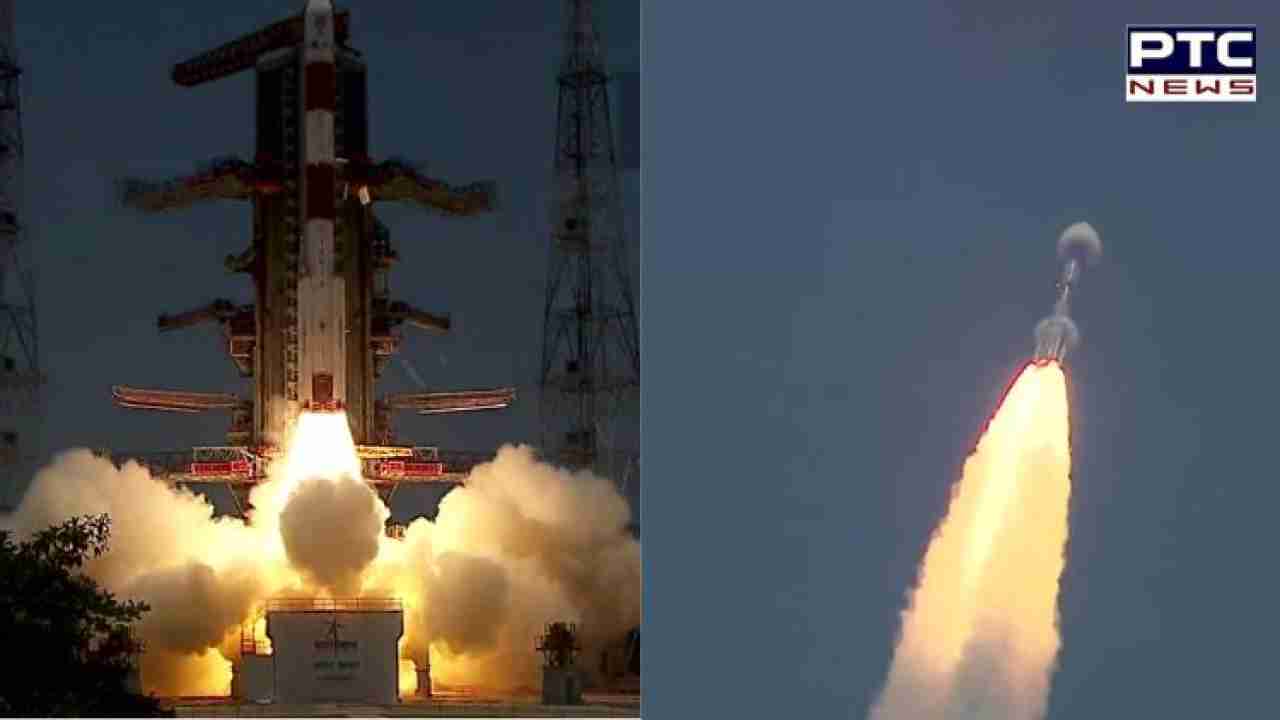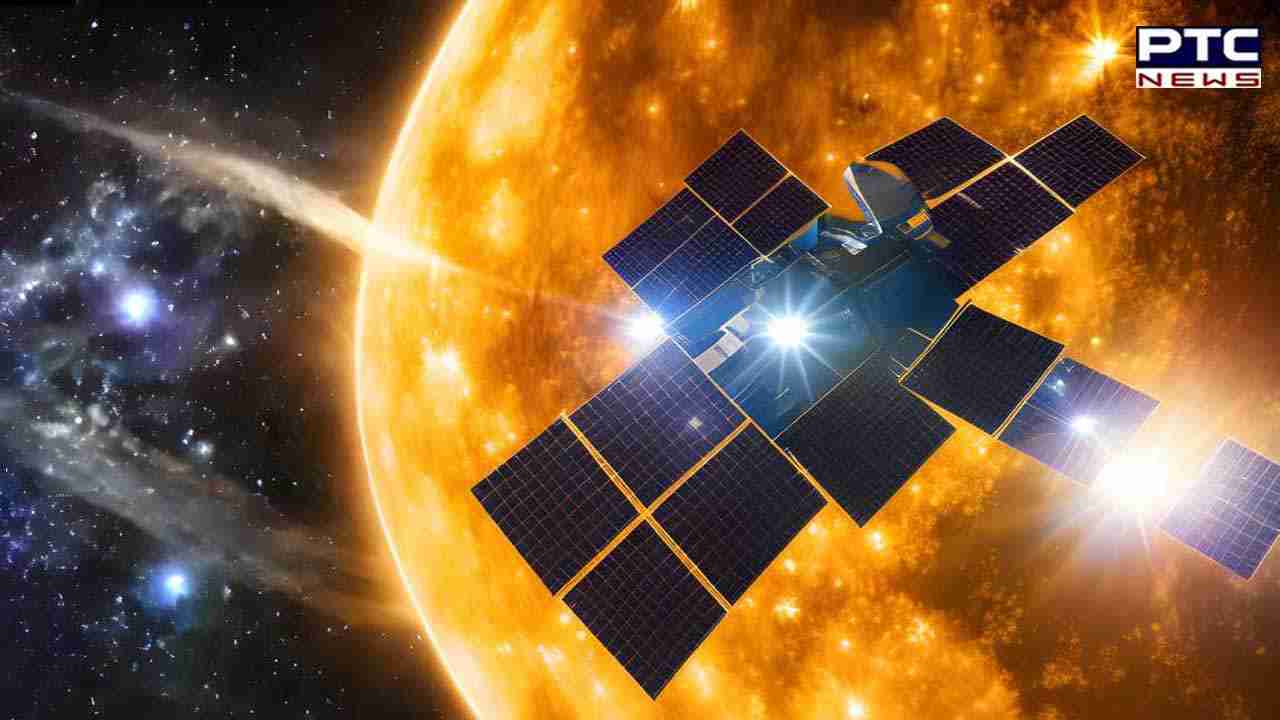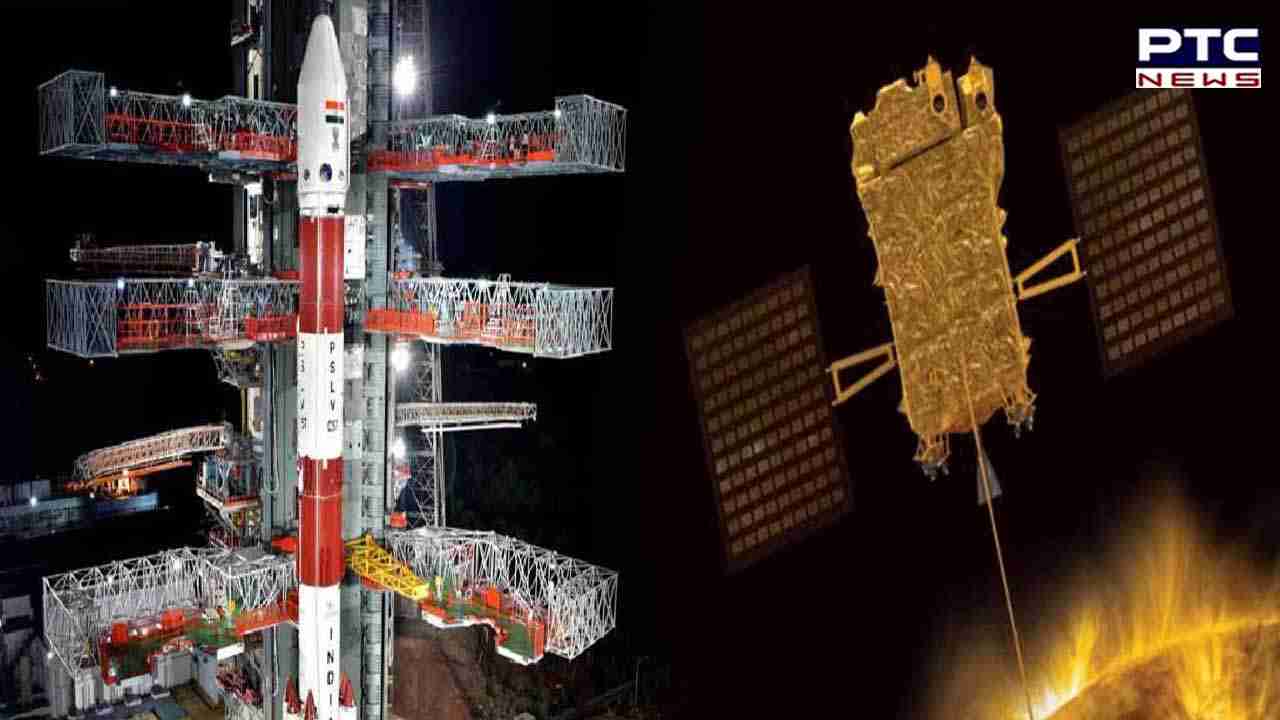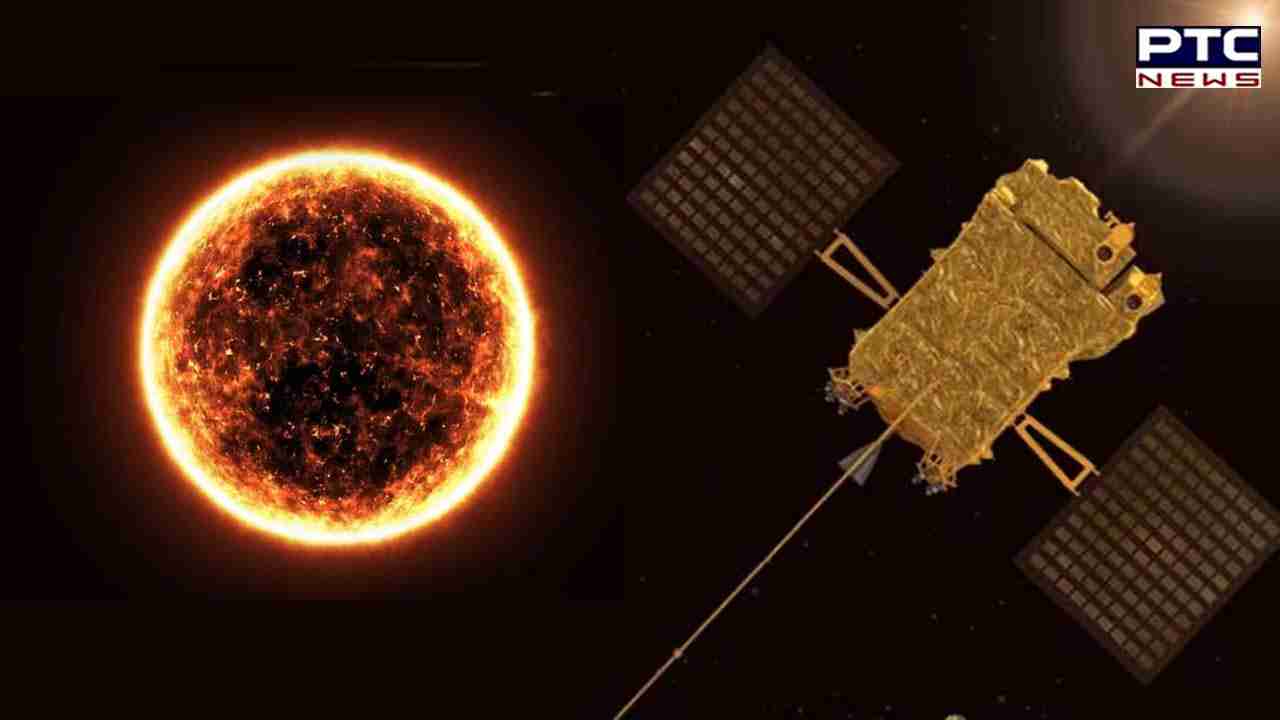

India shoots to sun with Aditya-L1 Solar Mission; India’s first-ever sun mission
India’s first mission to Sun begins: Indian Space Research Organisation (ISRO) launched its much-anticipated and much-awaited country's maiden solar mission Aditya-L1 from the launch pad at the Satish Dhawan Space Centre (SDSC-SHAR) in Andhra Pradesh’s Sriharikota.
The ISRO successfully placed a lander on the unexplored lunar South Pole, a feat that put India in the record books as the first country to do so.
Also Read: Aditya-L1 Solar Mission LIVE UPDATES: Countdown begins for India’s first solar mission
It will be placed in a halo orbit around Lagrangian Point 1 (or L1), which is 1.5 million km away from the Earth in the direction of the sun.

The spacecraft carries seven payloads to observe the photosphere, chromosphere and the outermost layers of the Sun (the corona) using electromagnetic particle and magnetic field detectors.
According to the sources, the Aditya-L1 mission is expected to reach the observation point in four months.
_9e793c3bef31e500009caa536ddd2712_1280X720.webp)
The Visible Emission Line Coronagraph (VELC), the primary payload of Aditya L1, the first space-based Indian mission to study the Sun, which is scheduled to launch on Saturday, will send 1,440 photos each day to the ground station for analysis once it reaches its intended orbit.
VELC, "the largest and technically most challenging" payload on Aditya-L1, was integrated, tested, and calibrated at the Indian Institute of Astrophysics' (IIA) CREST (Centre for Research and Education in Science Technology) facility in Hoskote, near here, with significant support from ISRO."

The major science objectives of Aditya-L1 mission are:
• Study of Solar upper atmospheric (chromosphere and corona) dynamics.
• Study of chromospheric and coronal heating, physics of the partially ionized plasma
• Observe the in-situ particle and plasma environment providing data for the study of particle dynamics from the Sun.
• Physics of solar corona and its heating mechanism.
• Diagnostics of the coronal and coronal loops plasma: Temperature, velocity and density.
• Development, dynamics and origin of CMEs.
• Identify the sequence of processes that occur at multiple layers (chromosphere, base and extended corona) which eventually leads to solar eruptive events.
Aditya-L1 represents India's inaugural solar space observatory and propelled into space by the PSLV-C57. It will transport seven distinct payloads, enabling an extensive examination of the sun. Among these instruments, four will focus on observing solar light, while the remaining three will measure in-situ parameters related to plasma and magnetic fields.

This strategic location will enable Aditya-L1 to continuously observe the sun without being hindered by eclipses or occultation, allowing scientists to study solar activities and their impact on space weather in real time.
Significantly, the eagerly awaited Chandrayaan-3 mission carved a remarkable chapter in the nation's history, with the Chandrayaan-3 Vikram Lander accomplishing a successful touchdown on the Moon. This achievement positions India as the foremost country globally to achieve a spacecraft landing on the lunar South Pole.
- With inputs from agencies
